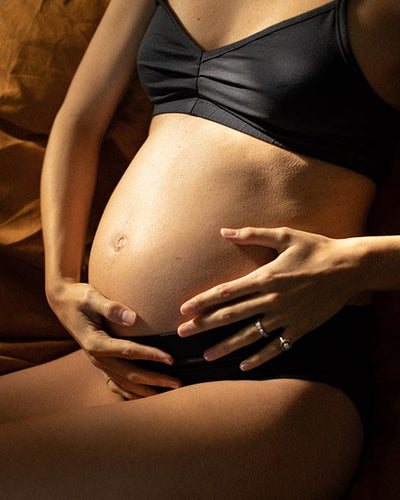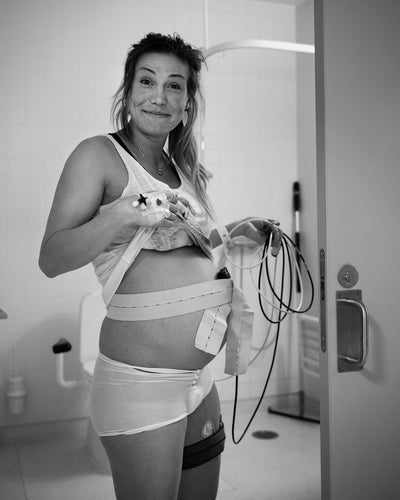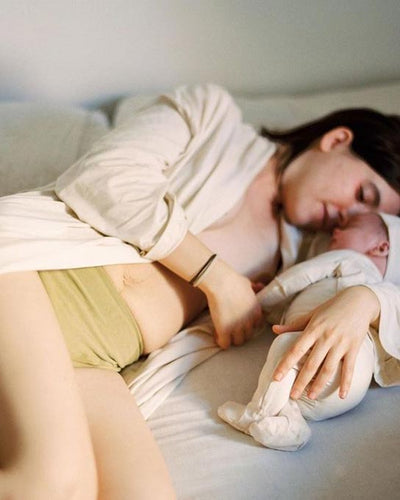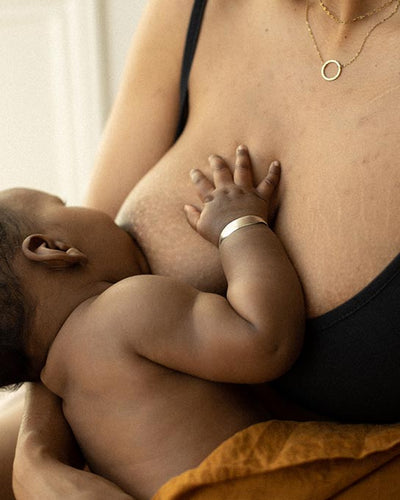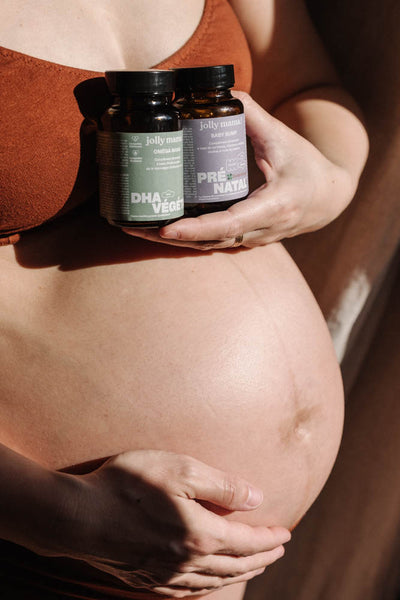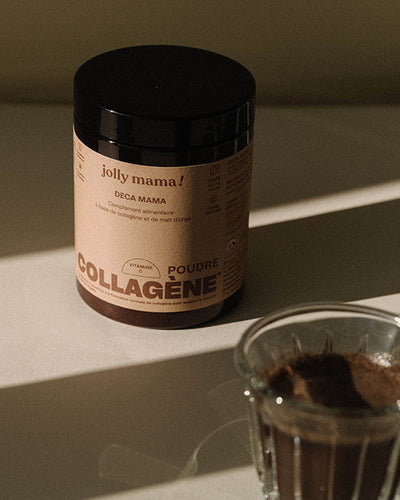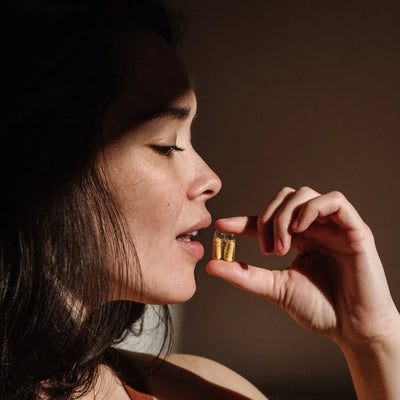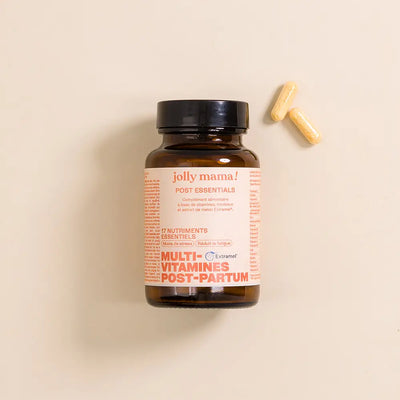Quand on allaite, on assiste à une libération de la dopamine, favorisée par la prolactine et/ou l’ocytocine (l’hormone de “l’amour”, laquelle peut aussi agir directement sur les récepteurs cérébraux et qui a un effet anxiolytique et sédatif [1].
Les hormones de l’allaitement sont biologiquement conçues pour non seulement nous pousser à allaiter, à produire suffisamment de lait pour notre bébé, mais également à rendre cette expérience “agréable”.
L’ocytocine est une hormone du” maternage” : quand elle est relâchée, elle favorise les interactions entre la mère et son bébé, et va prodiguer un effet calmant, avec une baisse de la fréquence cardiaque et de la pression sanguine.
Des chercheurs ont pu mettre en évidence un lien entre les niveaux d’ocytocine et le degré d’attachement entre mère et enfant [2].
Elle aide les mamans à protéger leur enfant, et peut également déclencher des réactions d’agression et de fuite quand la maman sent que son bébé est en danger, comme un réflexe de suivi en cas d’attaque [3].

